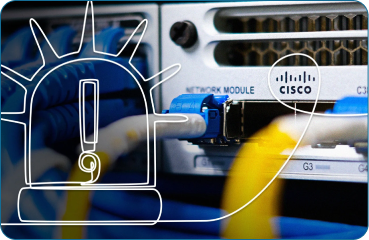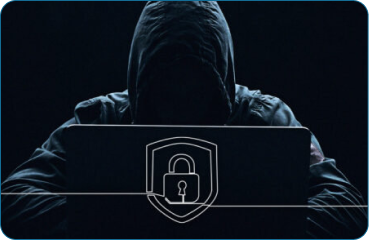.png?width=189&height=505&name=Vector%20(2).png)
CISOs Under Pressure: The Threat Landscape
As the Chief Information Security Officers (CISO), you are faced with an enormous weight of responsibility. The threat landscape you will face goes beyond protecting the organization’s data from potential cybersecurity attacks. While the number of organisations appointing CISOs has grown in recent years, so too has the pressure those in the role face, with rising workloads and dwindling resources. Organisations have a responsibility to recognise those pressures and, where possible, help alleviate them, but recent reports demonstrate that CISOs often feel overwhelmed and unsupported in their work.
The Risks of a Threat Landscape
Ultimately, if you are losing sleep at night, then this can seriously impact your health, happiness, productivity, and potentially lead to some major security and regulatory compliance issues.
These are risks the entire leadership team should be concerned about, not you alone.
According to a survey by RiskIQ, a huge 89.1% of all information security leaders are concerned about the rise in digital threats. Little wonder, you might think, given that protecting the organization against such threats is your core responsibility. Interestingly though, the major concern is not the threat themselves, but inadequate staff resources to deal with those threats on a daily basis. Meanwhile, CISOs reportedly feel overwhelmed with the diverse portfolio of areas that they are responsible for, across multi-cloud and hybrid-cloud deployments.
The risks of a CISO being unable to cope with the multitude of threats they are facing could be devastating for the business. A dramatic loss of revenue and reputation are very real consequences of successful cyber-attacks and data breaches. Depending on the sector, your organization operates in, failure to mitigate cyber threats could leave you outside regulatory compliance frameworks. But there are also more personal impacts. The demands of the workload that CISOs face is having a severe negative impact on their mental and physical health, forcing 17% to turn to medication, according to a report by Nominet.
The same report shows a short-term retention rate for CISOs, it ranges from less than two years to less than three years, underlining just how many people in these positions feel unable to continue in the long-term. Furthermore, many CISOs do not feel that they have the support of their colleagues for what they are trying to achieve; just 52% of CISOs feel they are taken seriously by their executive teams.
Clearly, something needs to change. But what?
Find out in CISOs Under Pressure: Two Key Stress Management Methods.
Subscribe for alerts by filling in the pop-up form in the left-hand corner…
About SureCloud
SureCloud is a provider of cloud-based, Integrated Risk Management products and Cybersecurity services, which reinvent the way you manage risk.
SureCloud also offers a wide range of Cybersecurity testing and assurance services, where we stay with you throughout the entire test life-cycle from scoping through to vulnerability discovery and remediation. Certified by the National Cyber Security Centre (NCSC) & CREST and delivered using the innovative Pentest-as-a-Service (underpinned by a highly configurable technology platform), SureCloud acts as an extension of your in-house security team and ensures you have everything you need to improve your risk posture.
.png?width=265&height=582&name=Vector%20(3).png)









.png?width=286&height=582&name=Vector%20(7).png)


 Copy link
Copy link

